Nature Play and Learning Places – A New National Guidelines Document Released Today!
Nature Play & Learning Places, a guide for bringing nature play areas to children in every community, is now available as a free download. The guide explains how to plan, design, and manage nature play areas, so that kids have a chance to connect with nature at places that they visit every day like parks, schools, and childcare centers.
Nature Play & Learning Places is a project of the National Wildlife Federation and the Natural Learning Initiative at the College of Design, North Carolina State University. The guidelines draw from principal author Robin Moore’s extensive landscape design experience, case studies of 12 existing nature play areas across the country, and the contributions from the members of a national steering committee and a technical advisory committee of representatives from more than 20 national organizations.
Learning Landscapes Design Principal Michelle Mathis had the opportunity to join the national steering committee representing not only Learning Landscapes, but also the Oregon Natural Play Initiative. This amazing new document was thoroughly vetted through by a very involved and educated steering committee. It is truly the national best thinking on nature play and learning areas. Learning Landscapes was particularly involved in how the risk and liability section was developed. We know this document has the power to shape our national approach to outdoor engagement for kids.
“Play outdoors in nature gives children the chance to develop a connection with nature and wildlife, and is good for their health and learning,” said Kevin Coyle, Vice President for Education and Training at National Wildlife Federation. “There is an urgent need for new tools to connect kids with nature and these guidelines make it possible to turn every playground, schoolyard, and childcare center into a place for nature play and learning.”
Nature Play & Learning Places is a tool for those working in the field including advocates, policy makers, site managers, park and recreation professionals, educators, design professionals, urban planners, and developers. The guidelines explain how to design a nature play and learning area and provide detailed descriptions of activity setting designs including entrances, pathways, plants, and permanent play structures. Guidance is also provided for managing soil, plants and other natural elements at nature play areas, and for managing risk at nature play areas, including an eight-step risk management protocol.
Take a look! If you have questions or would like to talk over anything please let me know. I would enjoy hearing feedback and discussing how this might effect your approach and project.
Michelle
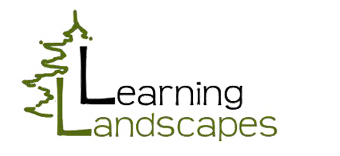
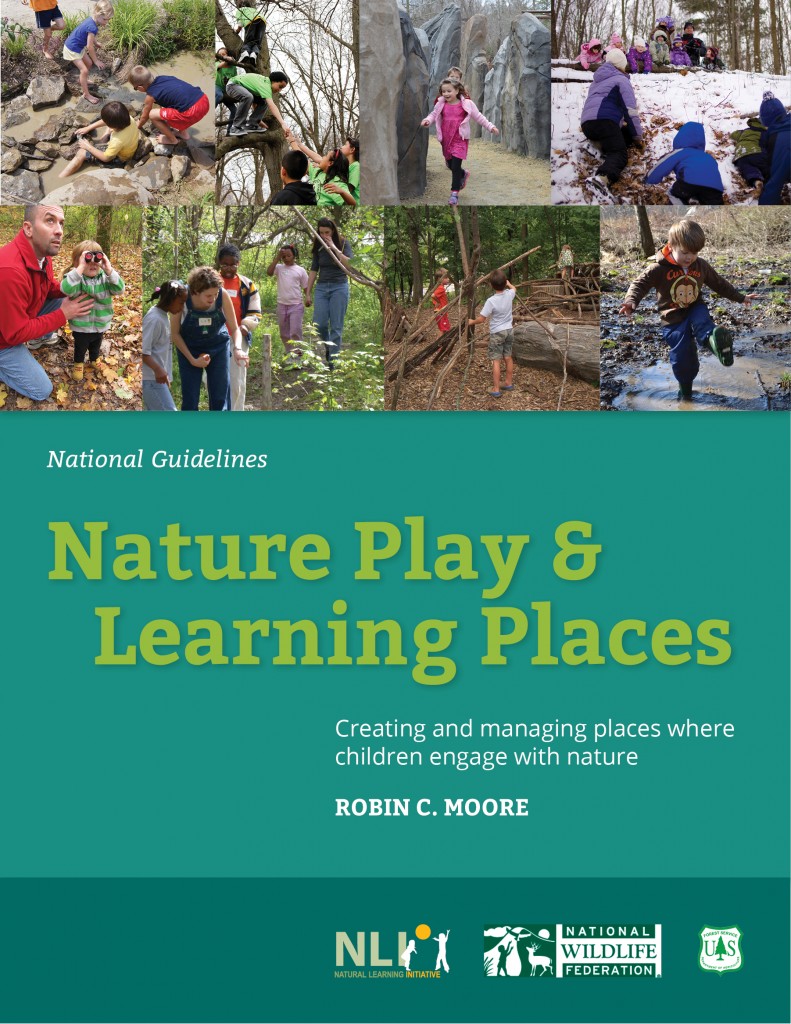
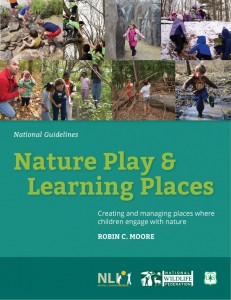
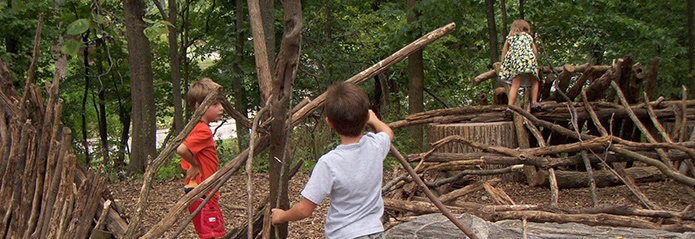
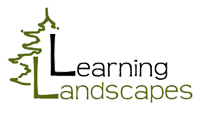

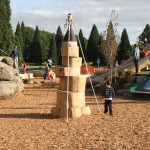
FYI, your first link in this post does not connect to the desired website. 🙂